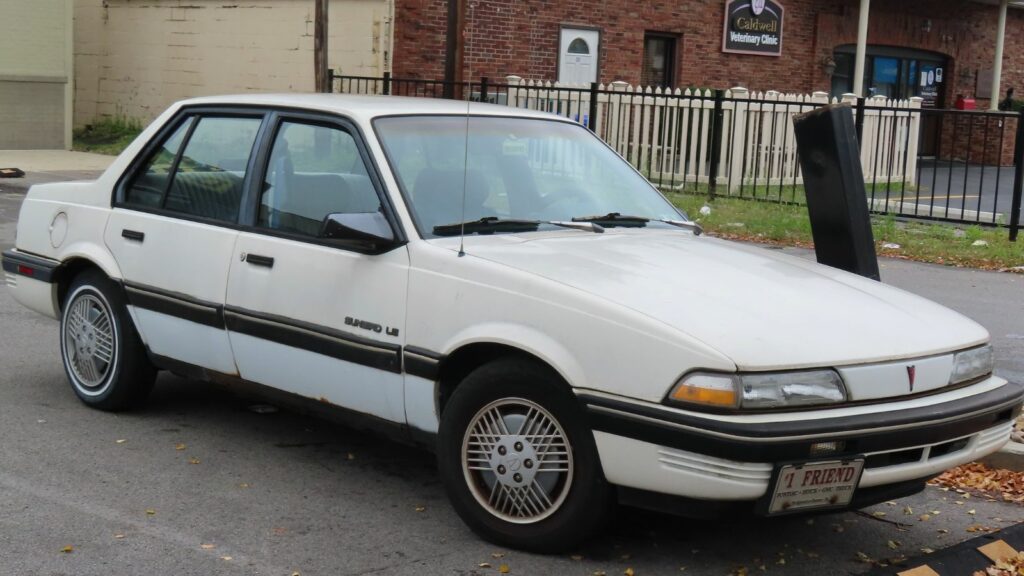Four cylinder engines have long been the workhorses of the automotive world. They power everything from economy cars to sports sedans, offering a balance of efficiency and performance. At their best, four cylinders are durable, refined, and surprisingly powerful. At their worst, however, they are underpowered, fragile, and paired with cars that deserve far better. Over the decades, automakers have produced some truly terrible examples that left owners frustrated and mechanics overworked. Expanded here with more technical detail, horsepower figures, and context, these are twelve of the worst four cylinder cars ever made.
Chevrolet Vega
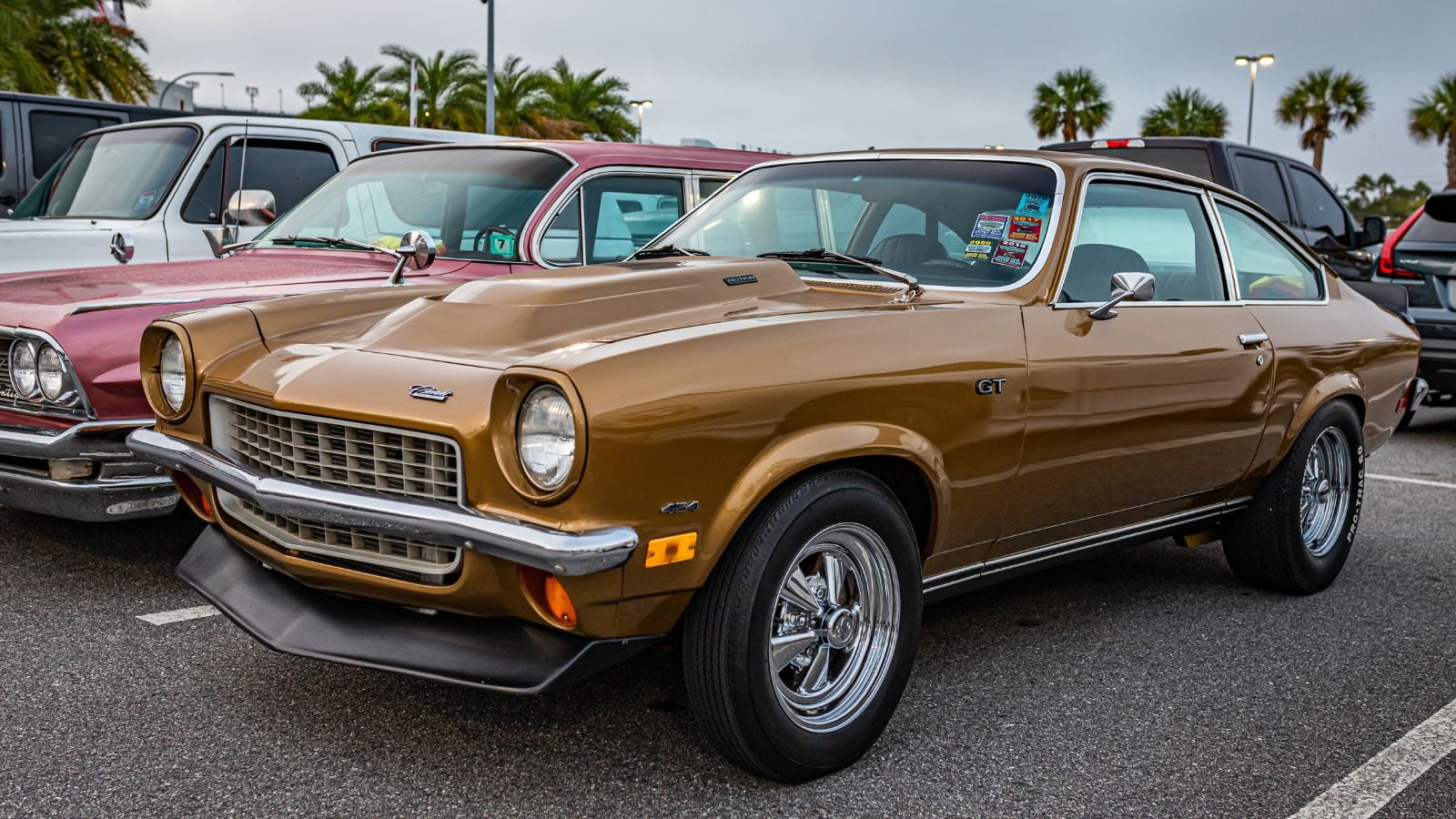
The Chevrolet Vega was intended to be GM’s answer to small imported cars in the 1970s, but its aluminum four cylinder engine quickly earned infamy. Rated at just over 90 horsepower, it was weak even by the standards of the day. Worse, it was prone to overheating, warping cylinder heads, and consuming oil at alarming rates. The Vega was praised initially for its styling and price, but its engine’s catastrophic reliability issues left owners stranded. To this day, the Vega’s motor remains a cautionary tale of rushing engineering into production.
Dodge Omni 024
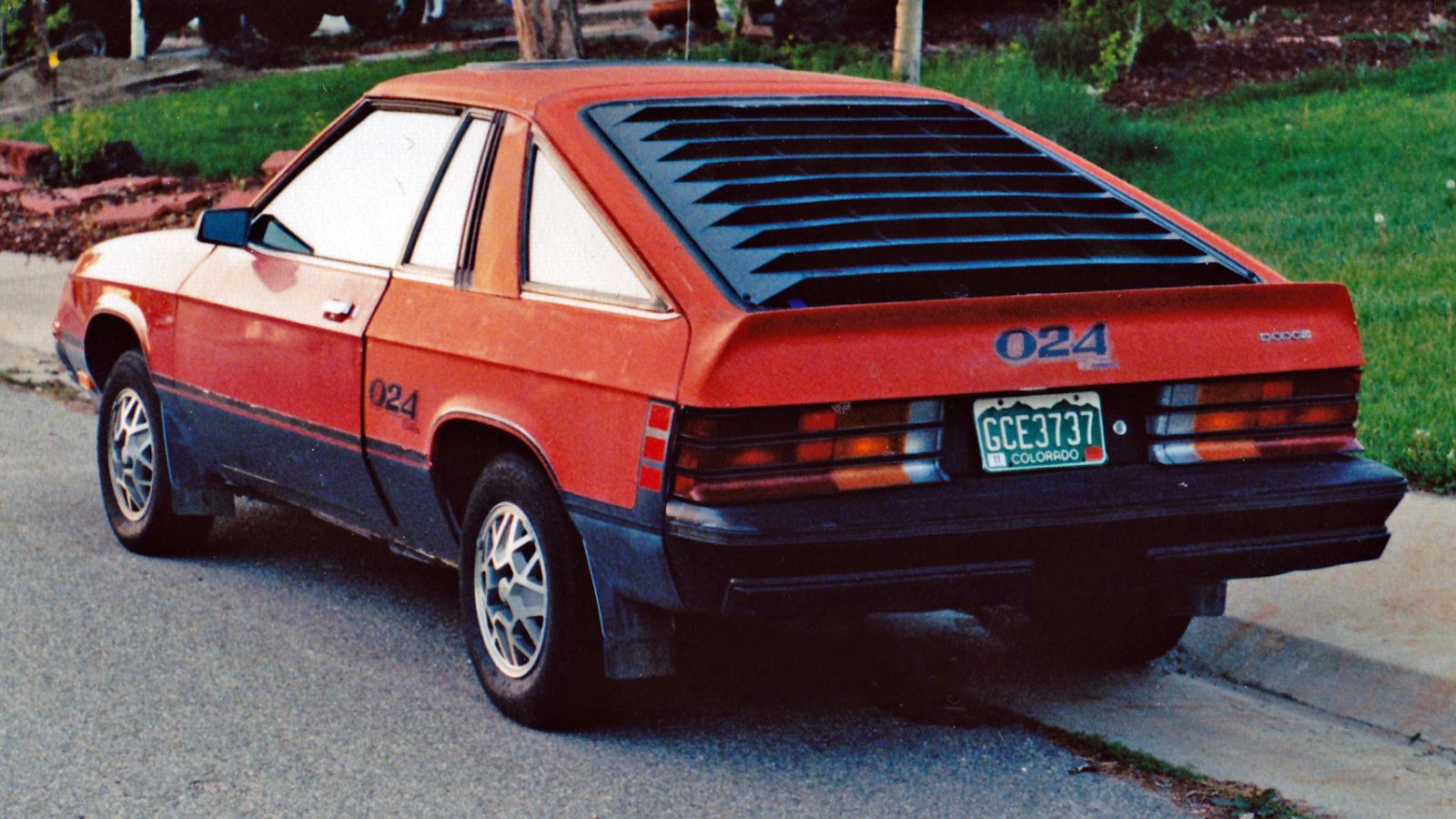
The Dodge Omni 024 looked like a sporty coupe on the outside, but its four cylinder engines, sourced from Chrysler and Volkswagen, were hopelessly underwhelming. Output hovered around 70 to 84 horsepower, which meant performance was lethargic despite its sporty appearance. Enthusiasts who expected punchy driving dynamics instead found a car that struggled to merge onto highways. The disconnect between looks and performance made it one of the most disappointing cars Chrysler ever marketed.
Ford Pinto
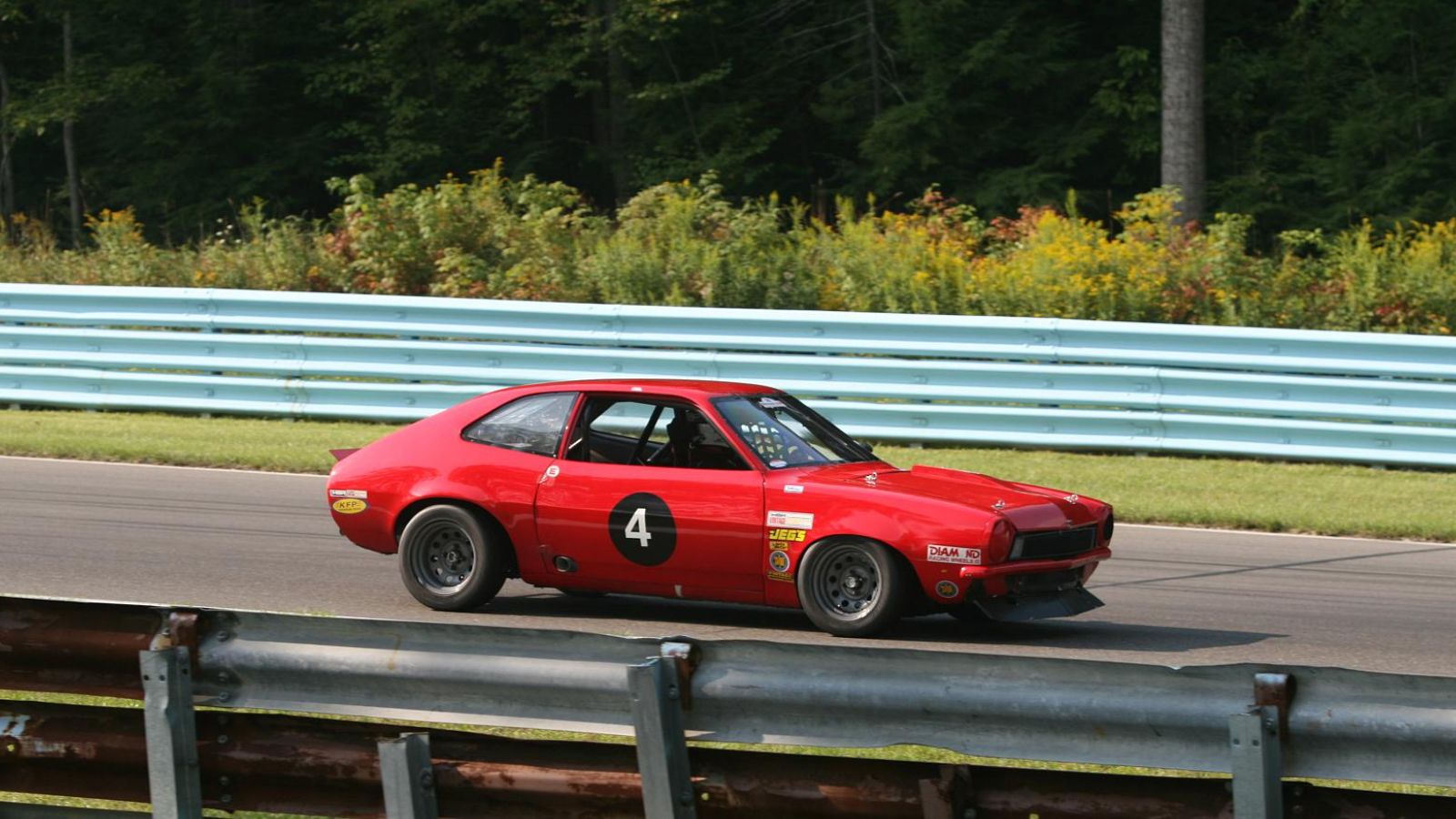
The Ford Pinto was already infamous for its safety flaws, but its four cylinder engines compounded the problem. Available with a 1.6 liter Kent engine or a 2.0 liter four sourced from Europe, the Pinto’s powerplants were coarse, noisy, and barely adequate. Producing as little as 75 horsepower, the Pinto lacked refinement and durability. Competitors from Japan offered smoother and more reliable four cylinders, making Ford’s attempt look crude in comparison.
Cadillac Cimarron
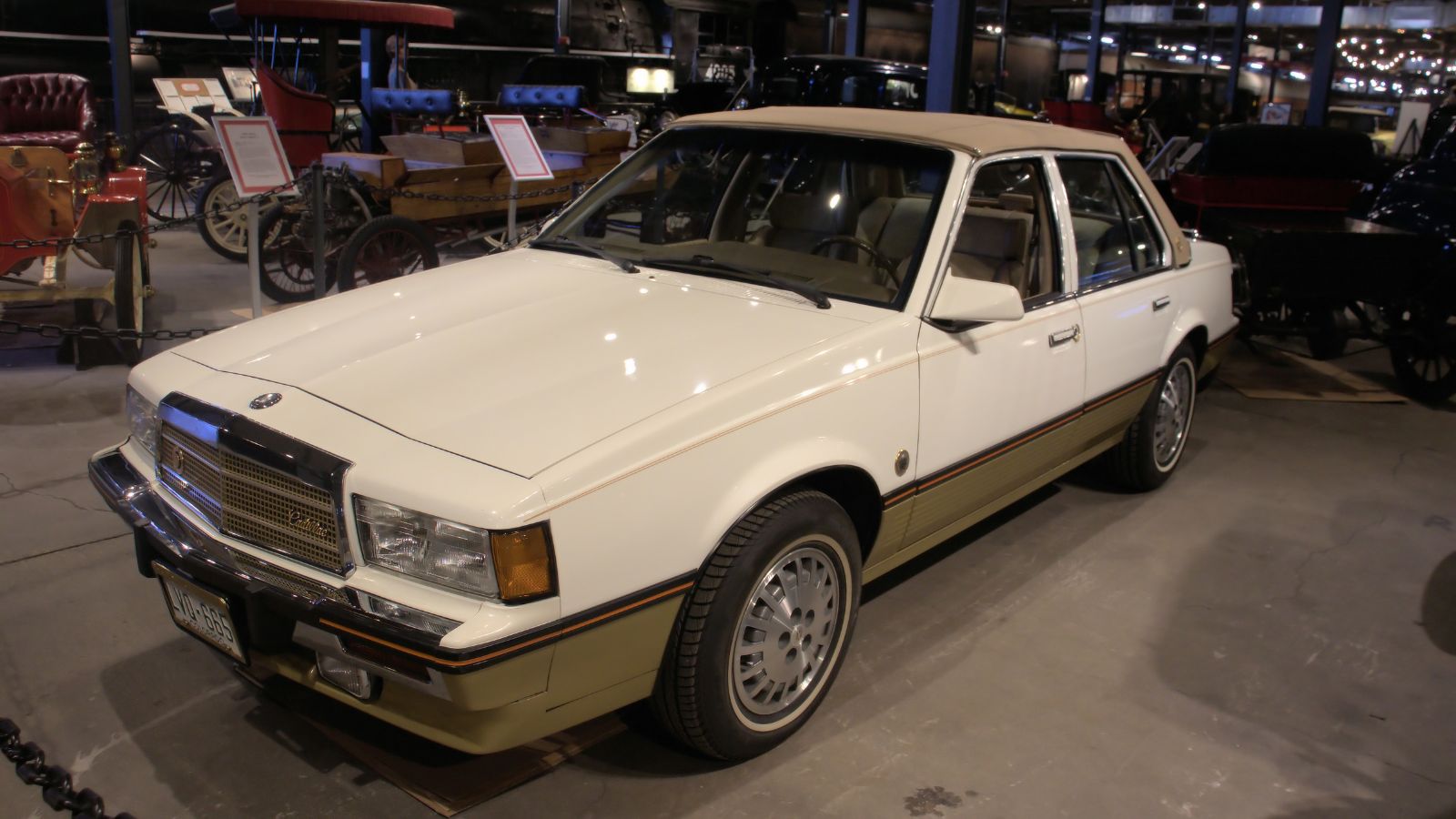
The Cadillac Cimarron stands as one of GM’s greatest embarrassments. Based on the Chevrolet Cavalier, it was supposed to be Cadillac’s entry into the compact luxury market. Unfortunately, it came with a 1.8 liter or 2.0 liter four cylinder engine that produced under 90 horsepower. For a car wearing the Cadillac badge, this was humiliating. Buyers paying luxury prices expected refinement and power, but instead got a buzzy, underpowered motor that could barely keep pace with economy cars. The Cimarron’s weak four cylinder played a major role in its disastrous reputation.
Yugo GV
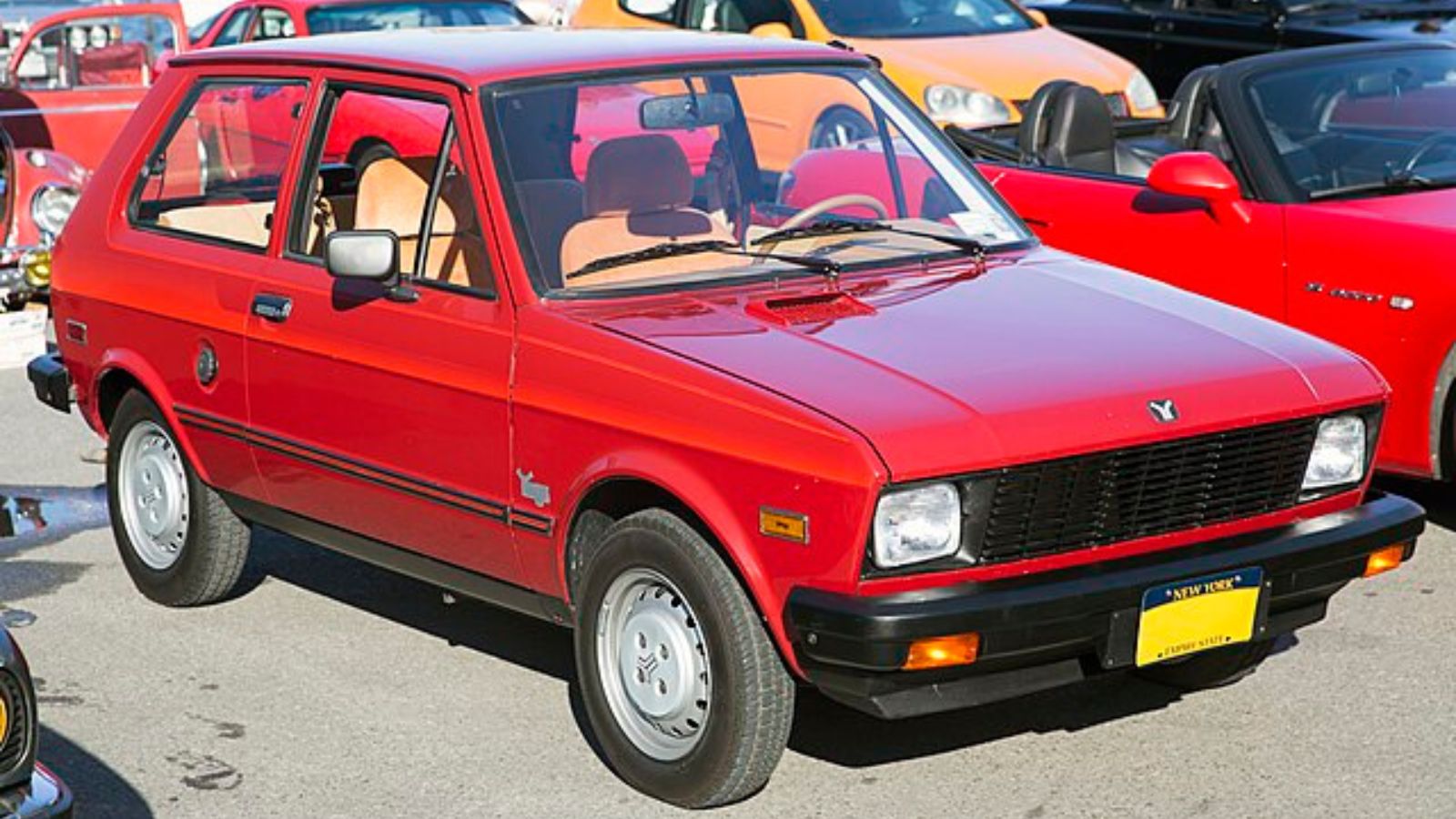
Marketed in the 1980s as the cheapest new car in North America, the Yugo GV’s tiny 1.1 and 1.3 liter four cylinder engines were as bad as its rock bottom build quality. With just 55 horsepower in base form, acceleration was glacial. Beyond being slow, the engines were notorious for poor reliability, timing belt failures, and oil leaks. Owners quickly learned that even routine commutes could become ordeals. The Yugo’s motor was so unreliable that many cars were scrapped within a few years, making it one of the most derided four cylinders ever sold.
Hyundai Excel
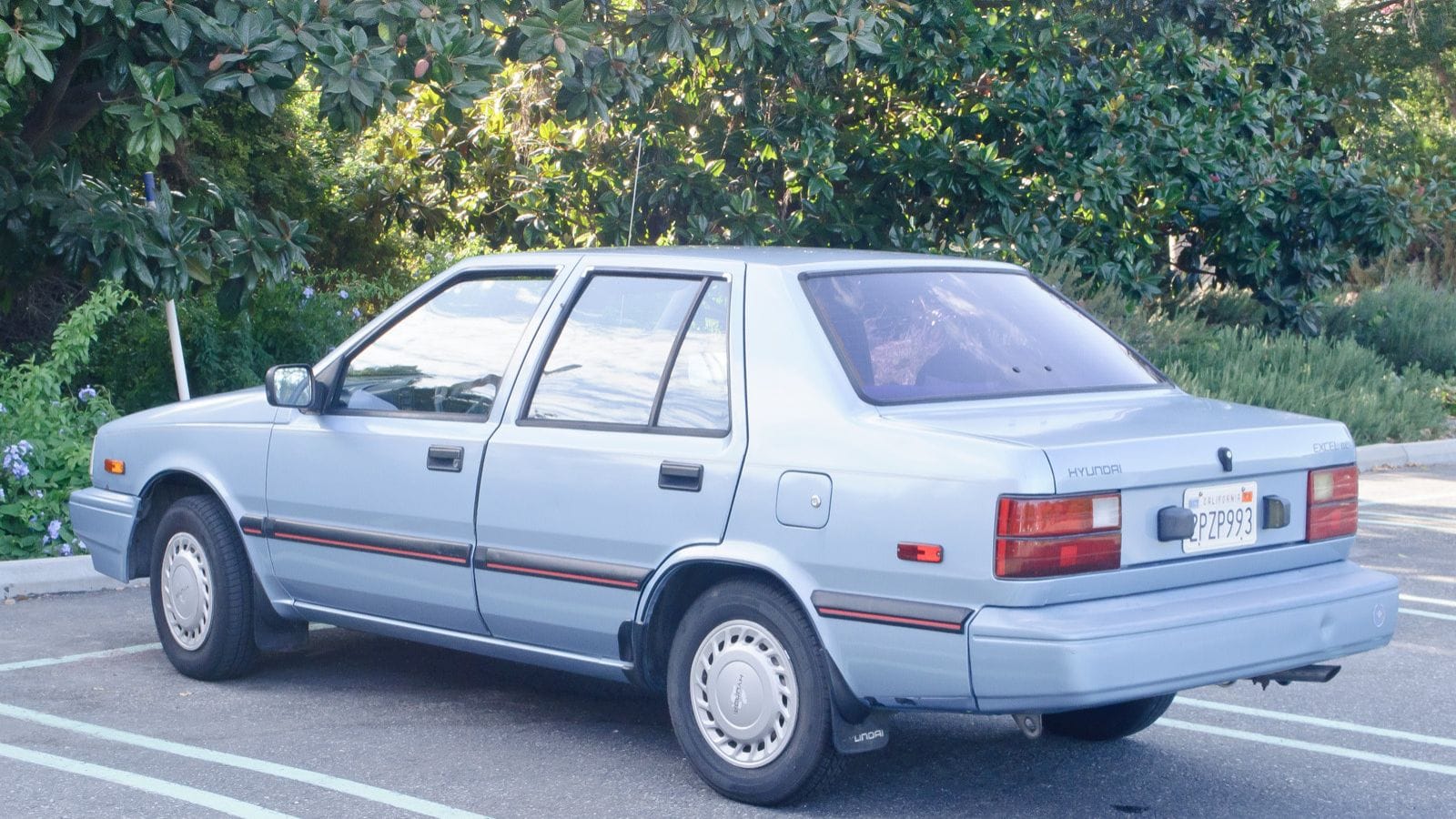
The Hyundai Excel was Hyundai’s first major entry into North America in the mid-1980s. Its 1.5 liter four cylinder engine produced around 68 horsepower, which was underwhelming but tolerable for the era. The real problem was reliability. The Excel’s engines suffered from poor build quality, premature wear, and constant mechanical issues. Combined with weak transmissions, the Excel quickly gained a reputation for being disposable. While Hyundai has since redeemed itself, the Excel’s engine failures haunted the brand for years.
Pontiac Sunbird
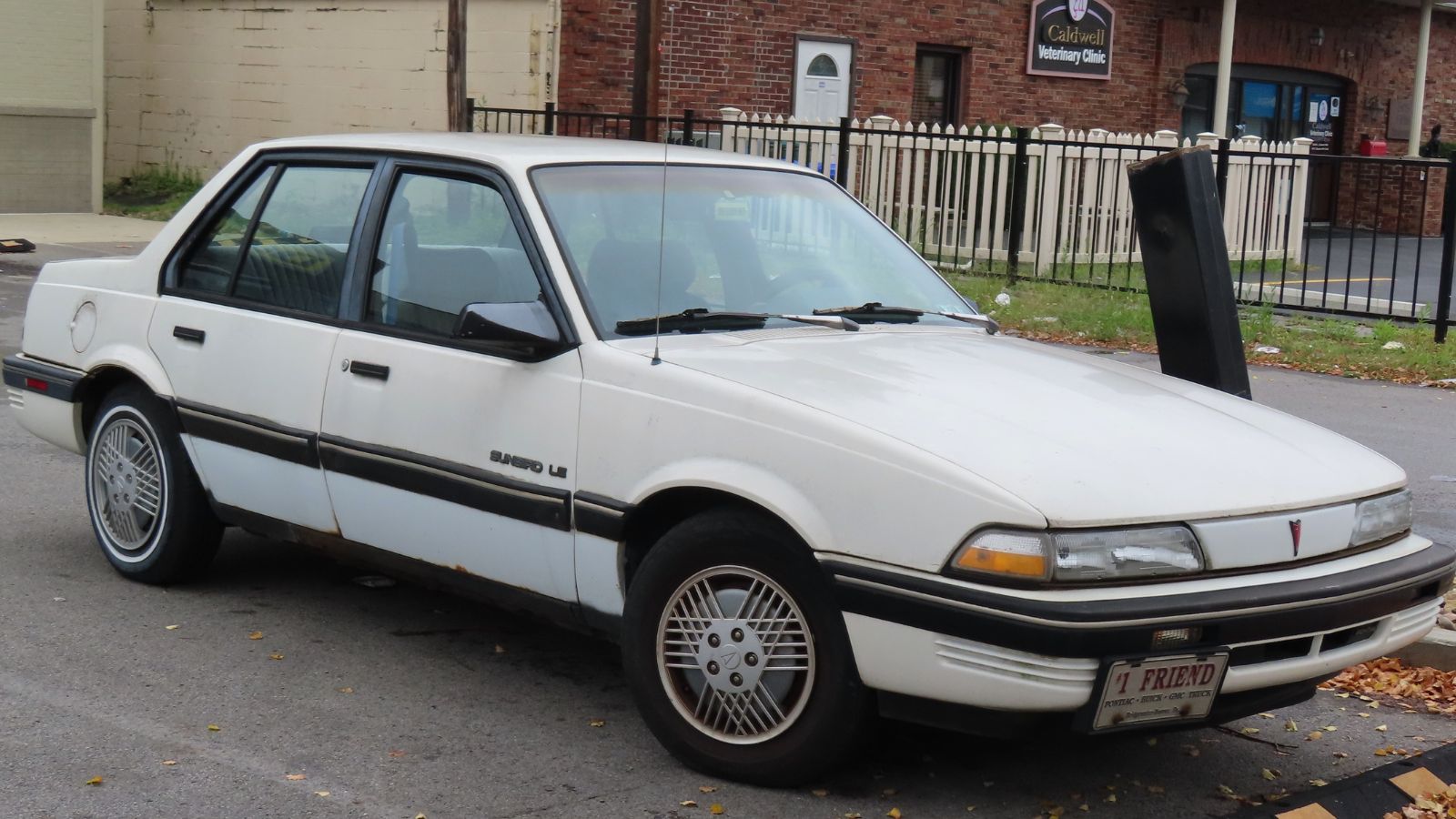
Pontiac marketed the Sunbird as a sporty compact, but its base four cylinder engines were anything but sporty. Early models came with a 1.8 liter overhead cam four that was coarse and lacked durability, while later versions used GM’s notorious 2.0 liter four that offered little refinement and frequent head gasket problems. With horsepower figures ranging from 88 to 96, the Sunbird felt slow even compared to economy cars. For a brand built on performance image, it was a disappointment that failed to live up to Pontiac’s reputation.
Dodge Aries
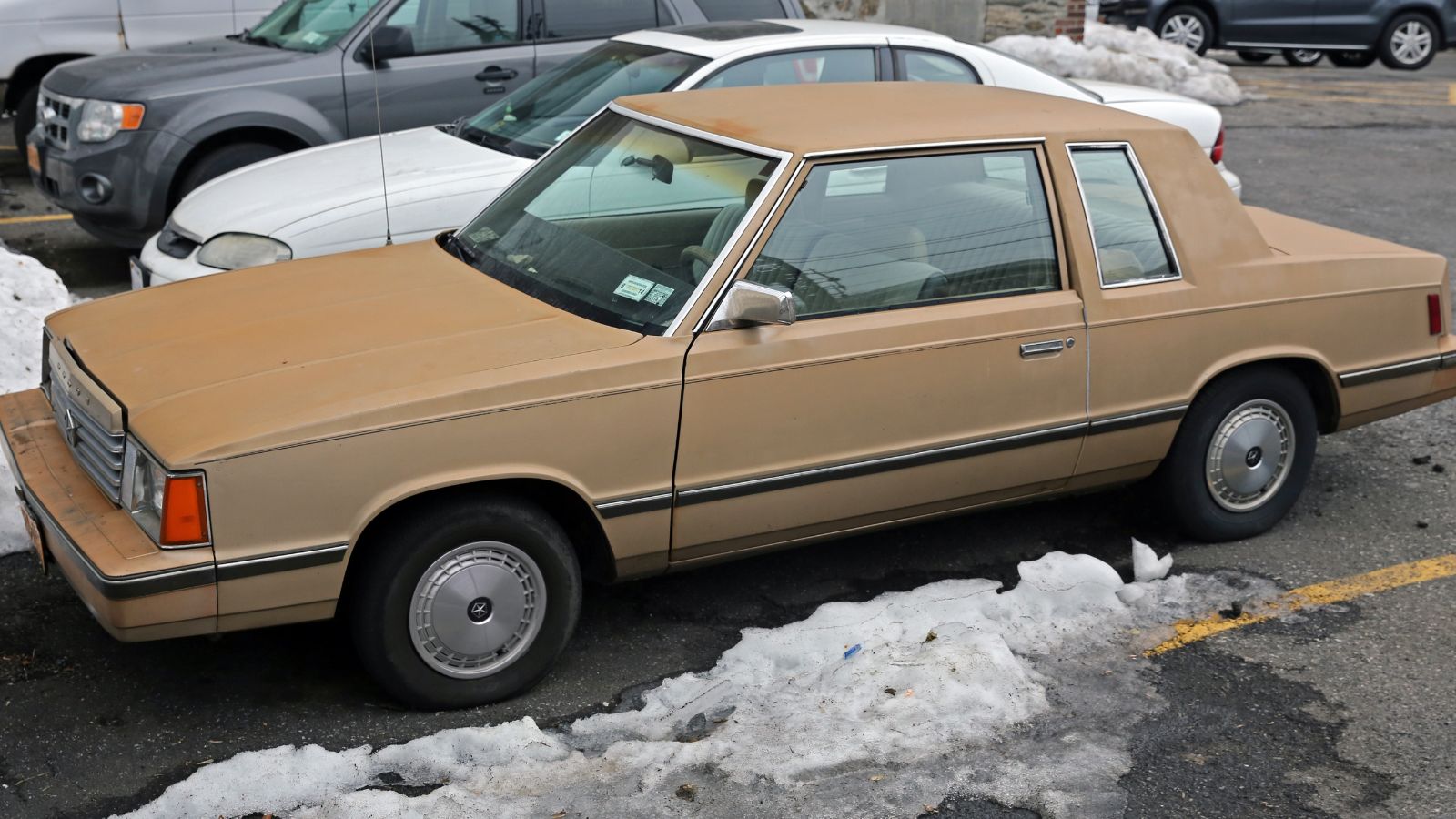
The Dodge Aries was part of Chrysler’s K car revolution in the early 1980s, but while the platform saved the company, its base four cylinder engine was dreadful. The 2.2 liter four produced around 84 horsepower in base form and was loud, rough, and underpowered. Acceleration was sluggish, and highway driving strained the engine to its limits. While the Aries deserves credit for affordability, its four cylinder left buyers with little joy, reminding many that cheap transportation often came with compromises.
Geo Metro
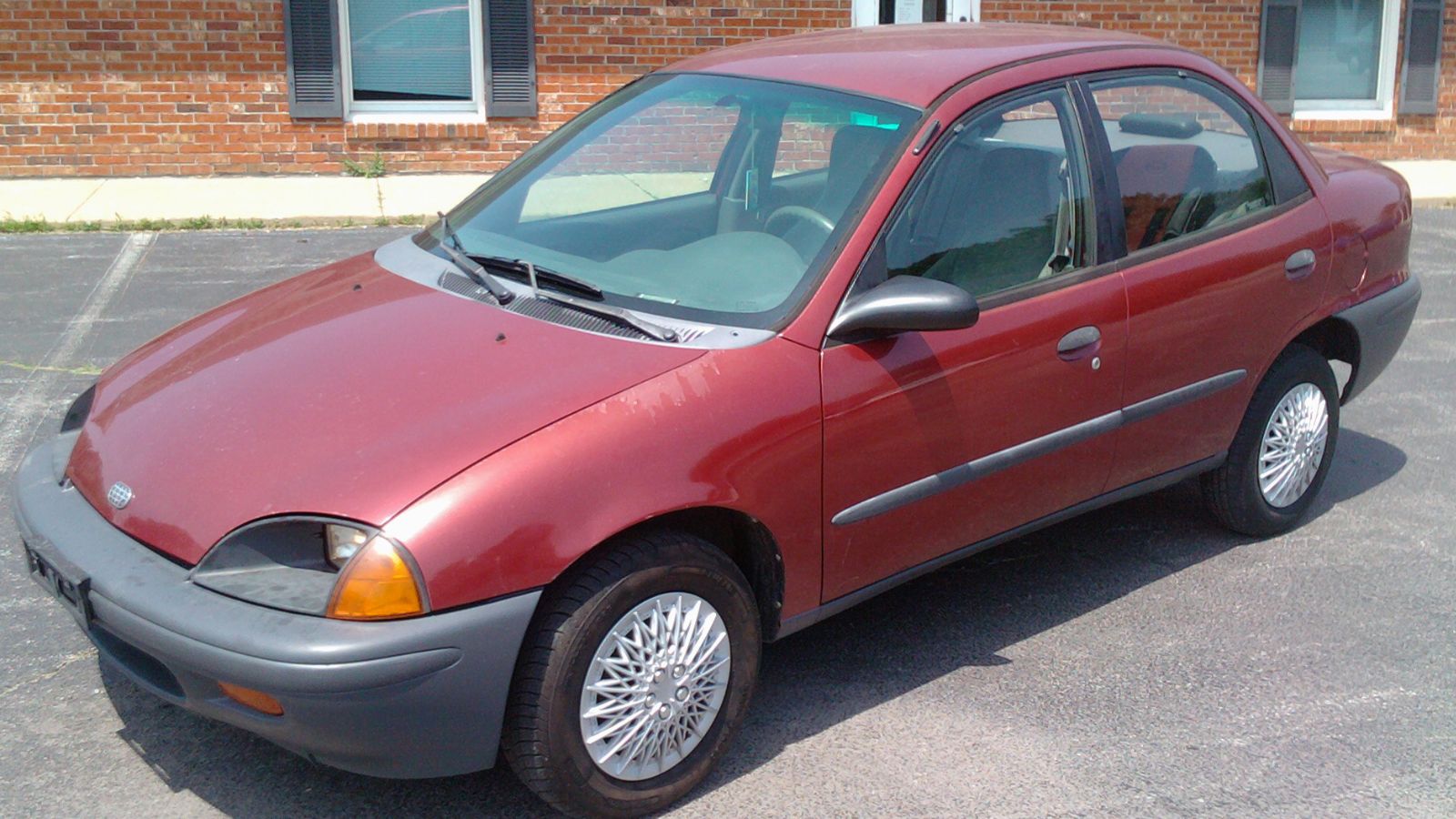
The Geo Metro’s three and four cylinder engines were among the smallest and weakest ever sold in North America. The 1.0 liter three cylinder made just 49 horsepower, while the 1.3 liter four cylinder produced 70 at best. While fuel economy was excellent, performance was laughably bad. Metros often struggled to keep up with traffic, and highway passing was a white knuckle experience. Though cheap to own, the Metro’s underpowered engines made it one of the least enjoyable cars to drive.
Chevrolet Cavalier
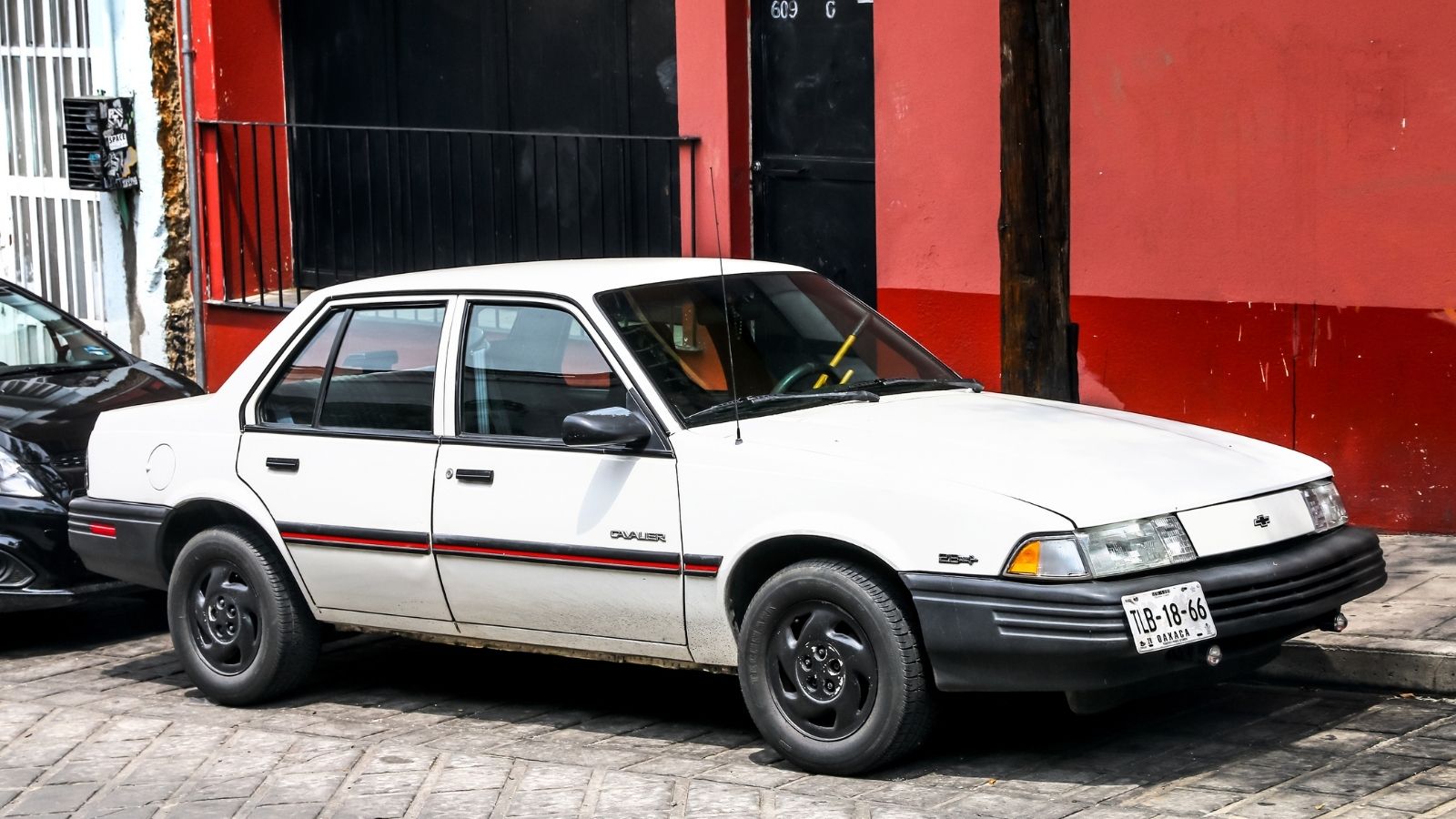
The Chevy Cavalier sold well thanks to its price, but its engines lagged behind the competition. The early 2.0 liter four cylinder made barely over 85 horsepower, and later engines like the 2.2 liter “122” four were known for head gasket issues and poor refinement. Compared to Japanese rivals like the Honda Civic or Toyota Corolla, the Cavalier’s engines felt outdated and unrefined. While Cavaliers soldiered on in large numbers, they did little to inspire loyalty.
Plymouth Horizon
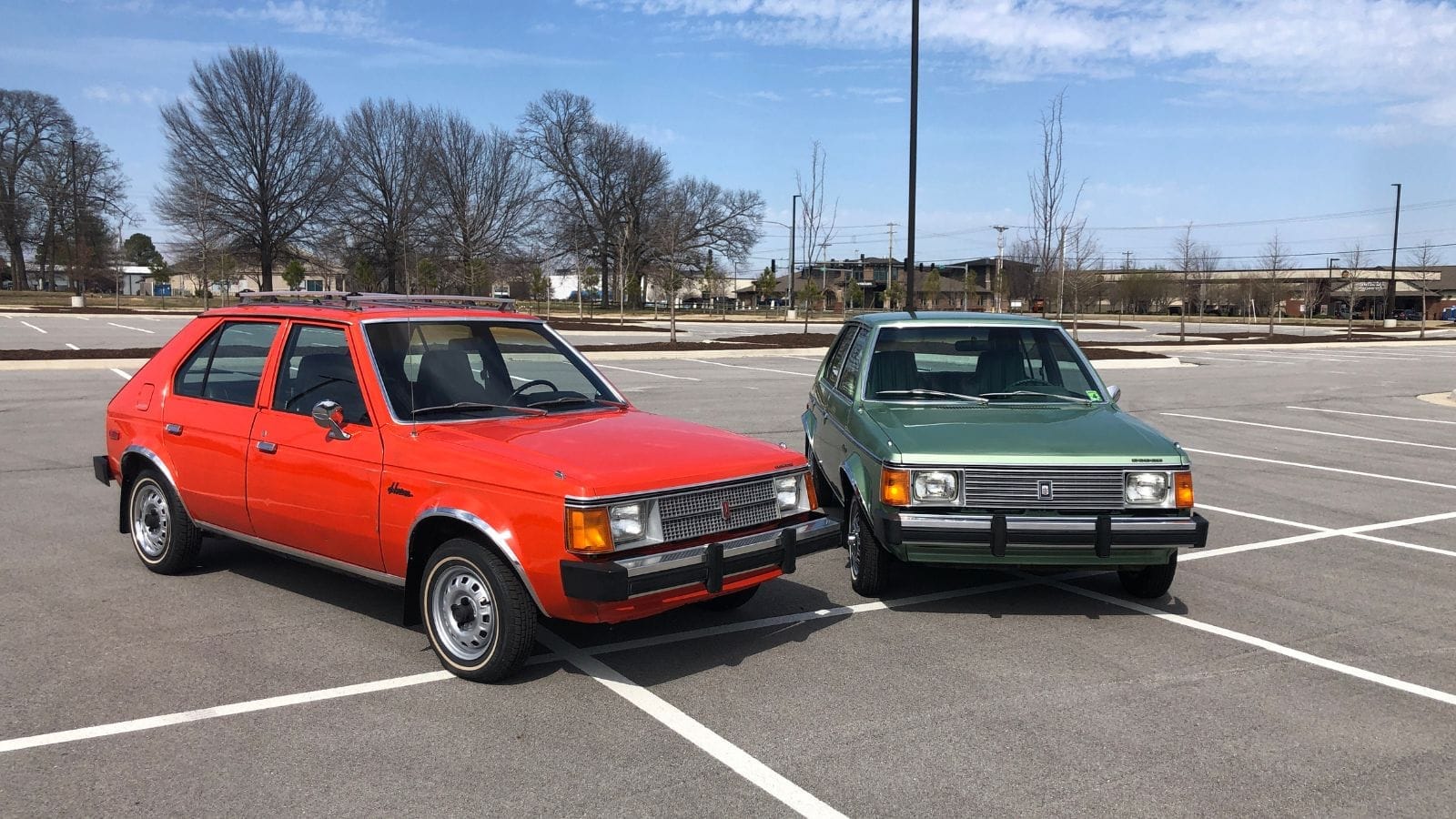
The Plymouth Horizon was Chrysler’s attempt to compete with European hatchbacks, but its four cylinder engines made it a failure. Early versions used imported Volkswagen units, while later ones used Chrysler’s 2.2 liter four. Neither option provided much refinement or reliability. Horsepower figures were uninspiring, and the engines often broke down prematurely. The Horizon failed to stand out in a market where imports were offering smoother, more durable powerplants.
Suzuki Samurai

The Suzuki Samurai was loved for its off road ability but hated for its on road performance. Its 1.3 liter four cylinder produced a meager 63 horsepower, leaving it painfully slow in city traffic and borderline dangerous on highways. At highway speeds, the engine buzzed constantly, straining to keep up. While off road it was a charming little mountain goat, its engine made it a frustrating daily driver. For Canadians who needed a vehicle versatile enough to handle both trails and long winter commutes, the Samurai’s four cylinder simply did not measure up.
Why These Four Cylinders Failed
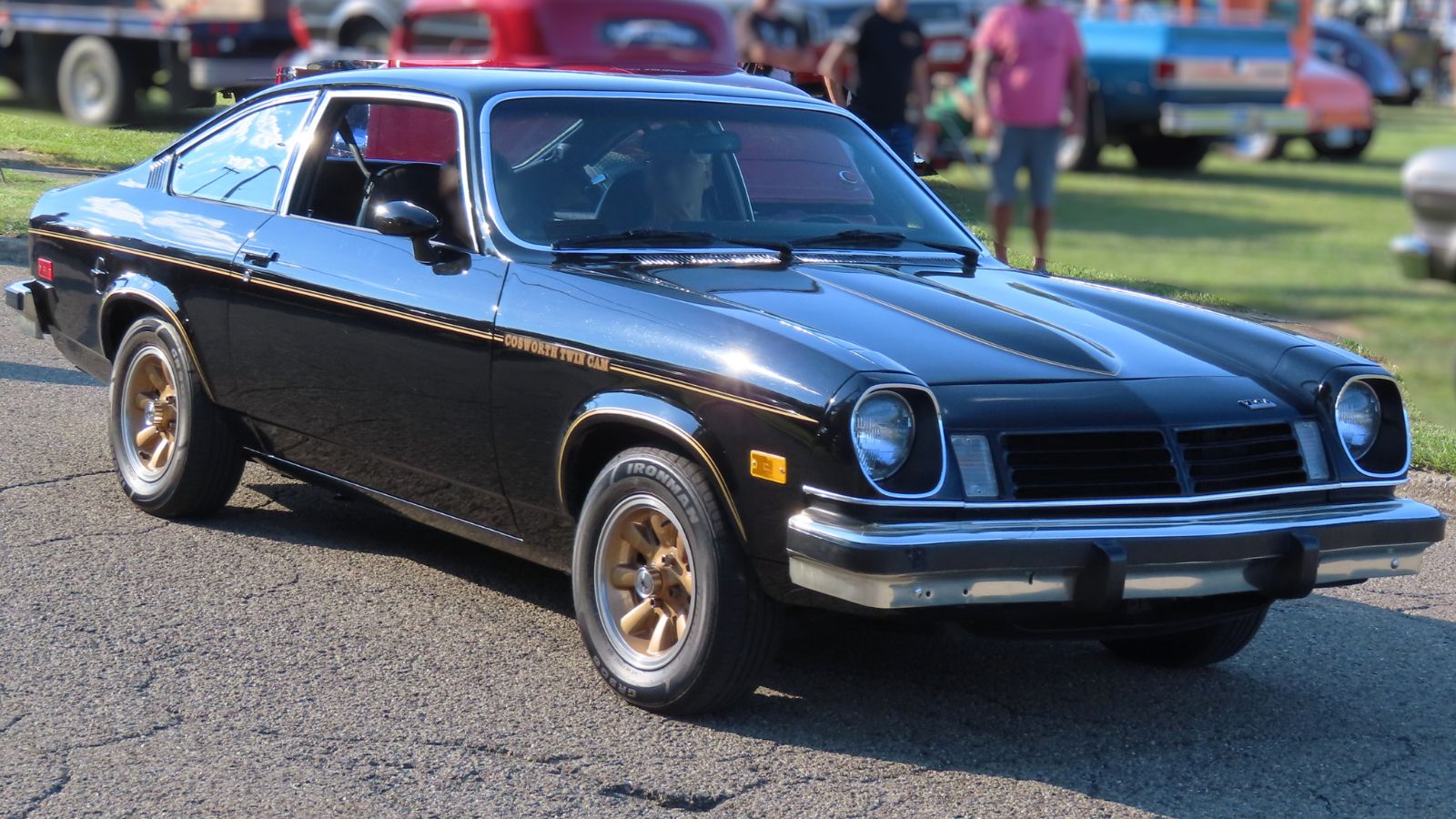
These twelve cars show how badly things can go wrong when automakers neglect balance. Four cylinder engines can be brilliant—reliable, efficient, and sometimes thrilling—but these examples were noisy, weak, unreliable, or completely mismatched to their vehicles. Some, like the Vega and Yugo, damaged entire brands. Others, like the Cimarron or Samurai, ruined otherwise interesting cars by saddling them with underwhelming powerplants. For Canadian and American drivers, they remain cautionary tales of how not every four cylinder deserves praise, and how engine missteps can define a car’s legacy for decades.
25 Facts About Car Loans That Most Drivers Don’t Realize

Car loans are one of the most common ways people fund car purchases. Like any other kind of loan, car loans can have certain features that can be regarded as an advantage or a disadvantage to the borrower. Understanding all essential facts about car loans and how they work to ensure that you get the best deal for your financial situation is essential. Here are 25 shocking facts about car loans that most drivers don’t realize:
25 Facts About Car Loans That Most Drivers Don’t Realize
